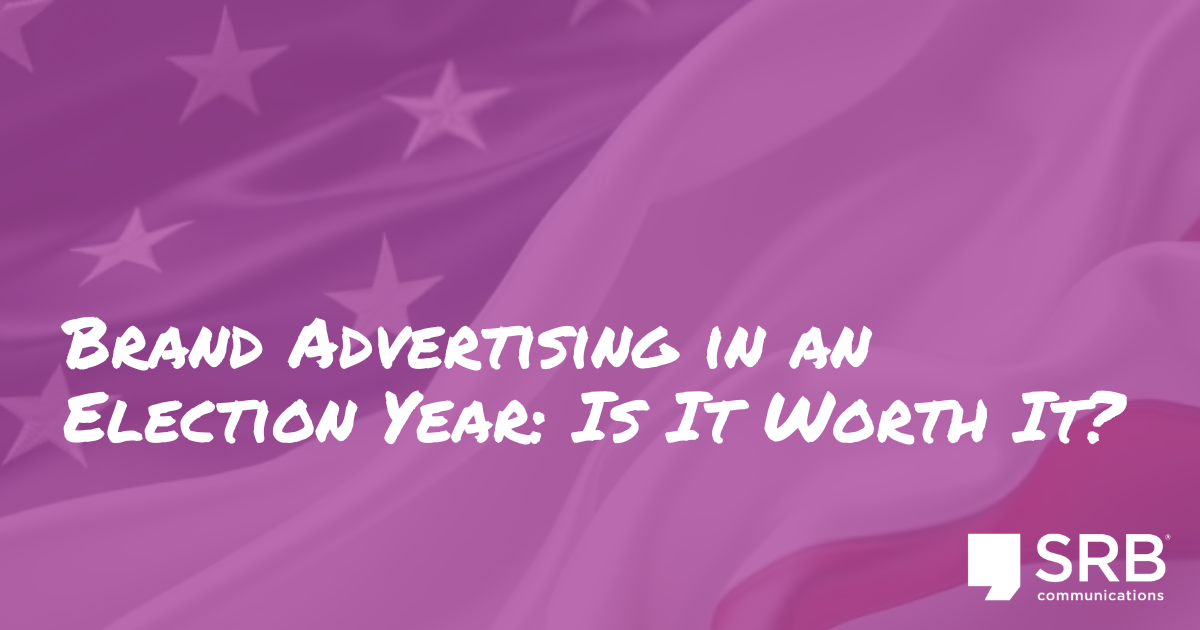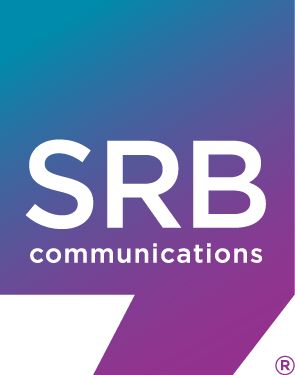News & Insights
Brand Advertising in an Election Year: Is It Worth It?

At first glance, halting brand advertising in the heat of a U.S. presidential election season might seem like a wise move. Political advertising sops up inventory and boosts costs for everybody, after all. But is going dark always smart?
Our view: Maybe not. It depends on what’s being marketed and where. We’ll explain our reasoning in this blog.
With Election Day a few weeks away, we’ll assume here that many marketers decided long ago how – or whether – to spend their precious ad dollars during this election cycle. So, we’re not trying to change anybody’s mind … about this year anyway.
Election advertising, by the numbers.
Let’s start with some basic facts and the big numbers. Historically, nearly 70% of political spending occurs between July 1 and Election Day, reports AdImpact, an Alexandria, Virginia company that tracks advertising data across various media channels. This has been a weird year in some respects–the expected spend for digital advertising (Facebook and Google) at $1.1 billion is coming in under AdImpact’s original forecast due to the slow primary season. According to the company’s latest forecasts:
- Political spending in the 2023-2024 election cycle is expected to reach a record $10.69 billion, up 19% from the 2019-2020 cycle.
- Broadcast television, by far the largest category, is expected to capture more than half, $5.35 billion.
- Cable is the second-largest category at $1.93 billion.
- Downballot advertising – that is all spending not directed to presidential, House, Senate or gubernatorial races – will account for a third of 2023-2024 political spending, $3.59 billion. That’s primarily driven by abortion-related initiatives that will be or could be on the ballot in up to 12 states.
Worth noting: U.S. Presidential spending rapidly increases after the political conventions, AdImpact says, which points to a late surge in the Trump-Harris race if the past is prologue this time.
The Doubting Thomas case for withdrawing from marketing during political season isn’t absolutely wrongheaded. Increased competition for available inventory plus higher costs are fair concerns. But maybe not nationally.
Advertise, but keep these in mind.
The truth is, this close to Election Day, the heaviest spending in the U.S. presidential race and U.S. House and U.S. Senate races will be in a handful of swing states, such as Pennsylvania, or contests still too close to call. Examples of the latter: U.S. Senate races in Ohio and Montana involving Democratic incumbents Sherrod Brown and Jon Tester, respectively.
Prudent marketers also may rightfully question whether their messaging will get noticed at all or even backfire if it’s dropped into a sea of negative, or at least controversial, campaign advertising. The run-up to an overheated election might not be the ideal time to push out marketing that takes chances, at least not without weighing the risks.
Our take is there are workarounds for these issues. Examples:
- Consider alternatives. Digital and non-traditional media channels whose inventory is either unlimited or won’t be squeezed by political advertising are an option. TikTok and public television stations do not run political advertising. Both are good platforms to reach audiences without risking embarrassing placement next to ads with conflicting messages.
- Maintain neutrality. Show the positive benefits of a product, service or action without taking a political side.
- Humor can work. If done carefully, ads that make audiences laugh stand out from the often negative or deadly serious tone of much campaign advertising and could be seen as a relief. And remembered longer.



